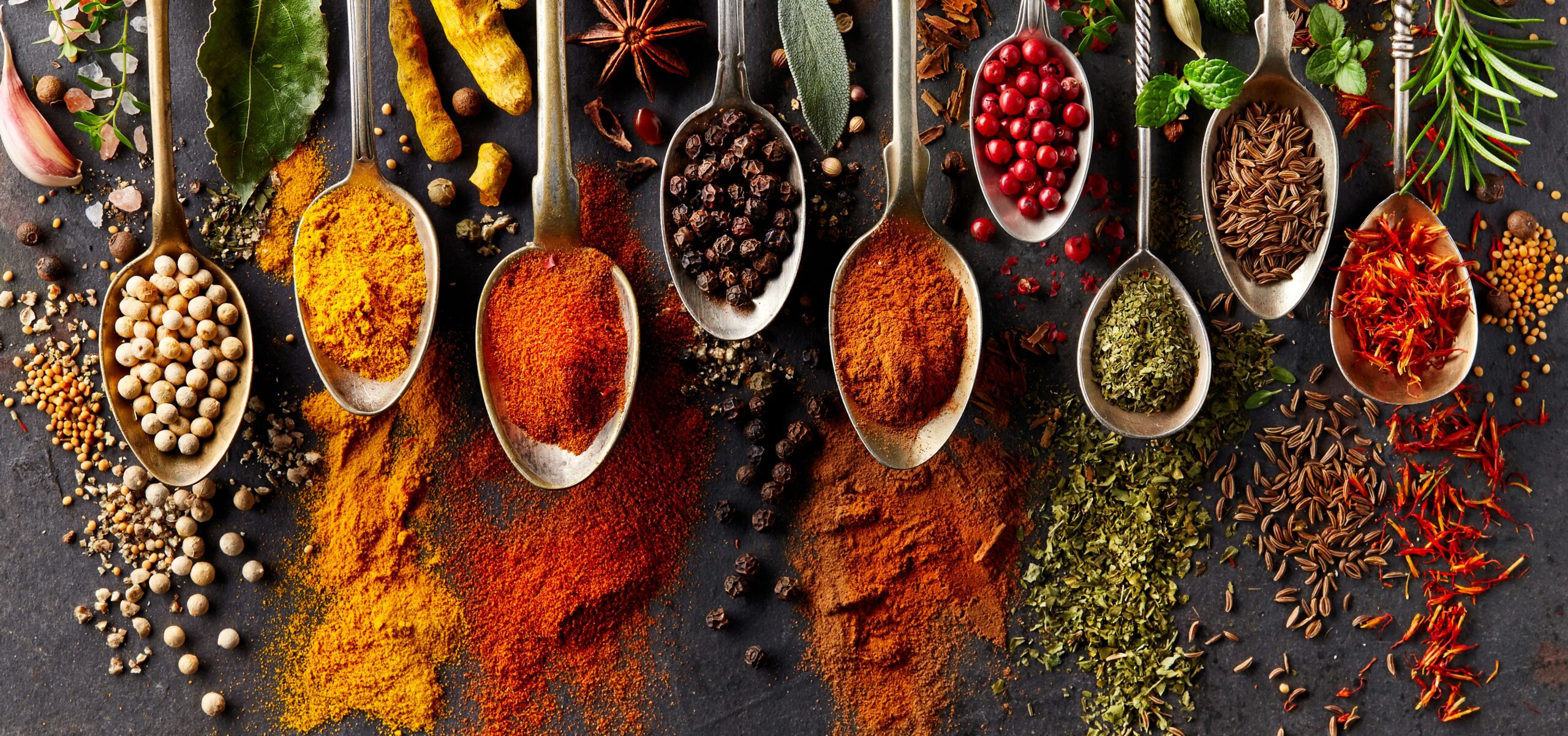In recent months, there has been a great deal of regulatory focus and media attention on heavy metals in food. It is certainly an area of concern, and one which the food industry must take care to limit. But it also is essential to understand that heavy metals are a natural occurrence in our environment, so zero tolerance is not possible. Thus, while heavy metals should be identified as a potential hazard in many foods, the associated risk must consider dose and relative exposure, not just presence.
To explain, let’s take a look at the difference between hazard and risk. As defined by the European Food Information Council (EUFIC), “a hazard is something that has the potential to cause harm while risk is the likelihood of harm taking place, based on exposure to that hazard.”
Given that, while recent media articles may lead one to believe that any presence of a heavy metal in a food will have an adverse effect on the consumer’s health, the actual associated risk is much more complex than that. In the simplest of terms – presence of a hazard does not denote risk. Rather, risk is a function of hazard x exposure. With very low exposure, the risk is low.
This is true for a variety of foods and ingredients. Depending on where and how they’re grown, heavy metals, such as arsenic, cadmium or lead, could be present. To provide a few examples: Arsenic is the 20th most abundant element in the earth’s crust with an average concentration of 5-13 parts per million (ppm). In rice, arsenic enters the grain through multiple channels and becomes concentrated within the husk of the rice. There is a great deal of rice grown along the Mississippi river delta of the U.S. where the sediment from northern Minnesota travels down the Mississippi and deposits in multiple fields along the way. Rice grown in these regions will have higher levels of arsenic then in, say, Northern California, due to the deposition of sediment from the Mississippi.
Another example is cocoa beans. Cocoa will have levels of lead and cadmium because the vast majority of cocoa farms are on volcanic soil, which has higher levels of both.
Despite this natural presence of heavy metals in rice, herbs, spices, cocoa – and most other foods, this doesn’t mean the levels are abnormal, toxic, or otherwise bad.
To reiterate: risk = hazard x exposure; risk does not equal presence/exposure, alone. Thus, determining actual associated risk requires a risk assessment – the first step of which is to identify the potential hazards that may be present in food. But it is critical to remember that, as stated in ScienceDirect, “Every risk assessment begins with hazard identification, but hazard identification need not result in taking further steps in risk assessment.”
What are the further steps? With the goal of determining the actual probability of harm that would result from a consumer’s exposure to an identified hazard in food, a thorough risk assessment involves four steps: The hazard identification; a hazard characterization to determine the relationship between the dose and the incidence of effect; an exposure assessment of the amount of contaminant an individual is likely to receive; and risk characterization integrating the three to determine the probability of an adverse effect.
Thus, a full risk assessment will enable a producer to ascertain the actual risk of a food or ingredient from which the determination of its safety can be made.
It also is essential that the potential of intentional adulteration be assessed. In most cases this would be related to economically motivated adulteration in which an inferior ingredient or element is added to a product for economic gain. In spices for example, perpetrators have been known to add lead oxide to batches of turmeric, as lead oxide is yellow-orange in color, mimicking that of turmeric. For example, a recent Stanford-led study showed that turmeric in Bangladesh was adulterated with a lead-laced chemical compound.
Because of their high value, herbs and spices are some of the most common products susceptible to economically motivated adulteration, which has led to consumer harm and even death in some cases.
With the media and regulatory focus on heavy metals likely to continue, it is critical that the food industry identify the potential heavy metal hazards in their foods and ingredients, then conduct a thorough risk assessment. Remember: the presence of heavy metals in food can be a hazard. But the associated risk is dependent not only on its presence but on overall exposure.






